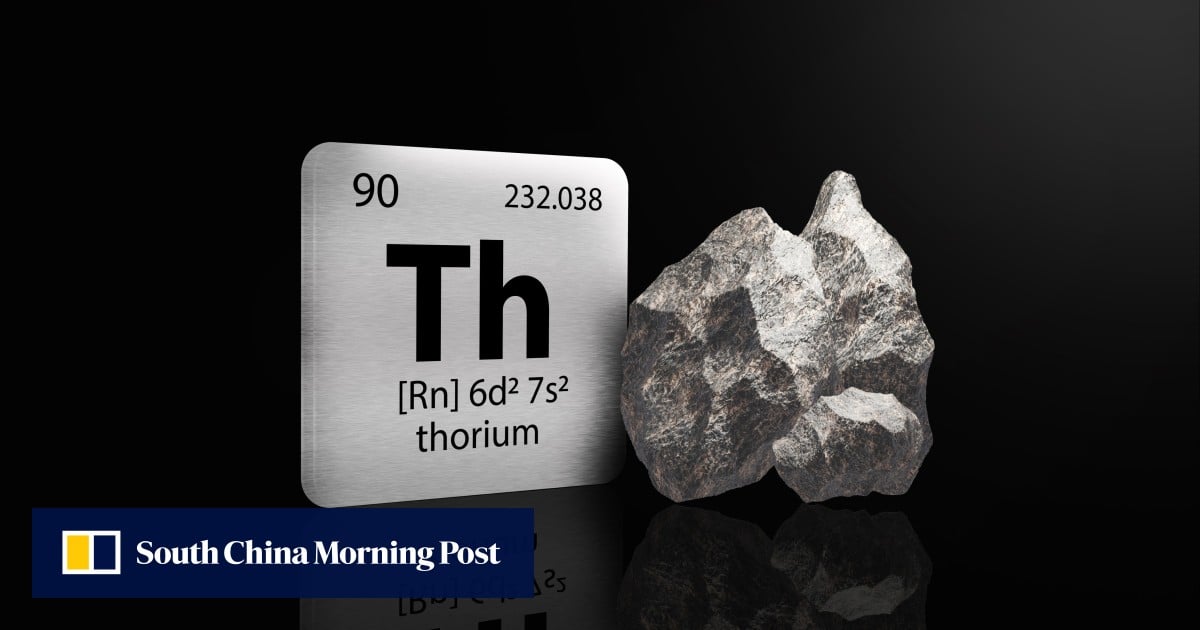It marks the first long-term, stable operation of the technology, putting China at the forefront of a global race to harness thorium – considered a safer and more abundant alternative to uranium – for nuclear power.
The experimental reactor, located in the Gobi Desert in China’s west, uses molten salt as the fuel carrier and coolant, and thorium – a radioactive element abundant in the Earth’s crust – as the fuel source. The reactor is reportedly designed to sustainably generate 2 megawatts of thermal power.



Honestly, I’m not a nuclear physicist by any stretch of the imagination, but I’m not sure how they plan to emergency cool the reactor to prevent a meltdown if it’s filled with molten salt. Anything colder than molten salt going into the reactor would cause it to be clogged up by not-molten salt.
At least the THTR seemed to have cooling capabilities as the foremost priority.
They put a plug in the bottom that melts if the salt gets too hot and it drains out into a tank that stops the reaction with no moving parts or anyone controlling it. After it cools down they can remelt it and put it back in.
Is this real? Pretty cool if they can actually stop the reaction with such
Yes I remember reading about this a while back. It’s one of the main reasons thorium rectors are so much safer.
I remember reading about this one, able to fit in a small area and be moved, but never knew if it was thorium
https://interestingengineering.com/innovation/safe-micro-nuclear-reactor-truck
Haven’t read up on much of it, just remembered it in passing.
From what I’ve watched & read, it’s usually depicted as the freeze plug melts and the liquid salt flows into multiple small holding tanks below it. That way the fuel mass will be physically separated, which helps stop fission on top of any other mitigations like lining the containers with neutron absorbers, etc.